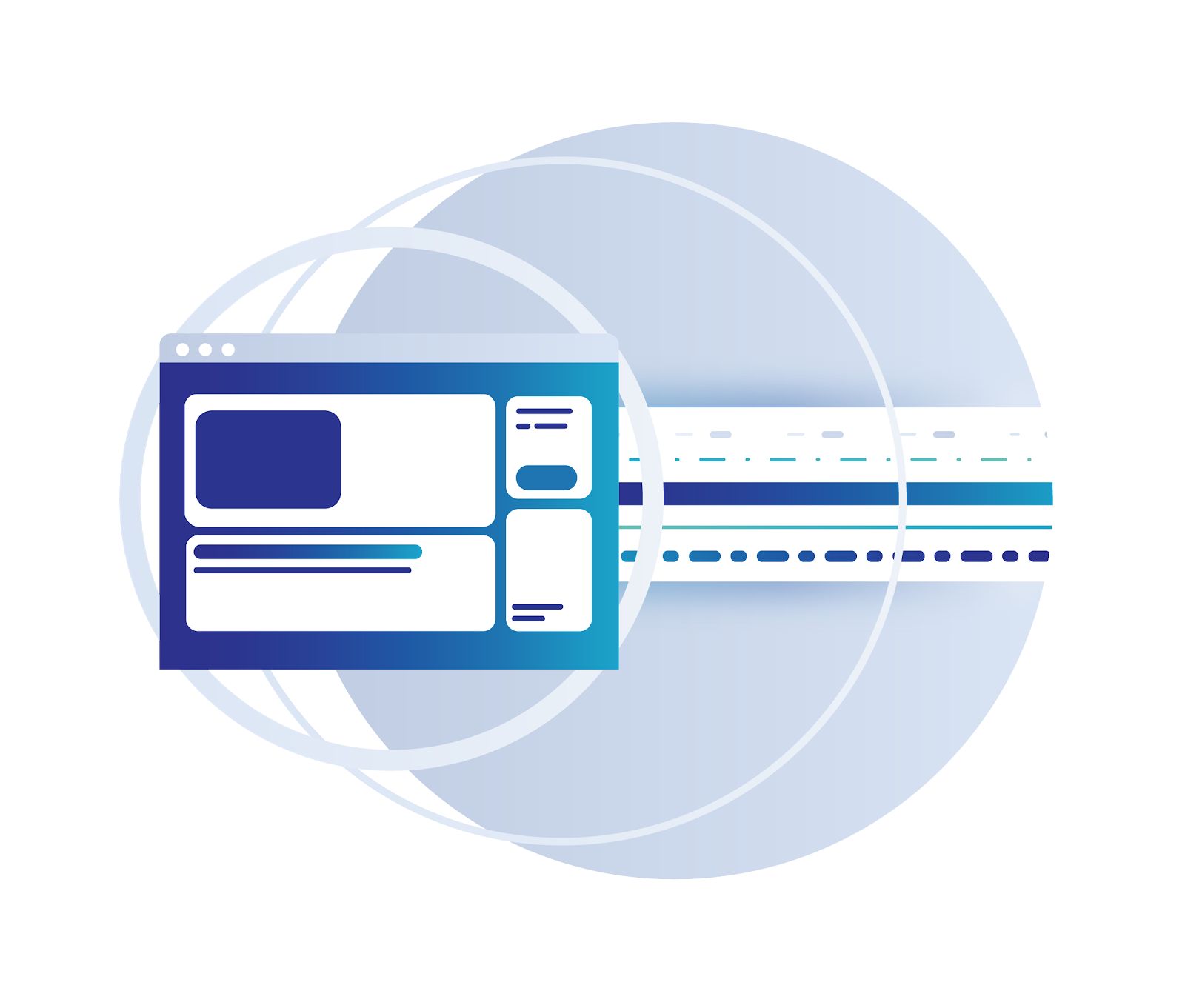Experiment with HTTP/3 using NGINX and quiche


Just a few weeks ago we announced the availability on our edge network of HTTP/3, the new revision of HTTP intended to improve security and performance on the Internet. Everyone can now enable HTTP/3 on their Cloudflare zone and experiment with it using Chrome Canary as well as curl, among other clients.
We have previously made available an example HTTP/3 server as part of the quiche project to allow people to experiment with the protocol, but it’s quite limited in the functionality that it offers, and was never intended to replace other general-purpose web servers.
We are now happy to announce that our implementation of HTTP/3 and QUIC can be integrated into your own installation of NGINX as well. This is made available as a patch to NGINX, that can be applied and built directly with the upstream NGINX codebase.

It’s important to note that this is not officially supported or endorsed by the NGINX project, it is just something that we, Cloudflare, want to make available to the wider community to help push adoption of QUIC and HTTP/3.
Building
The first step is to download and unpack the NGINX source code. Note that the HTTP/3 and QUIC Continue reading
Junos Policy-Based VPNs – Part 2 of 4 – Proxy-Identity
This is the second post in the Policy-Based VPN series. In our first post we configured a policy-based VPN using …
The post Junos Policy-Based VPNs – Part 2 of 4 – Proxy-Identity appeared first on Fryguy's Blog.
Disaster Recovery Faking, Take Two
An anonymous (for reasons that will be obvious pretty soon) commenter left a gem on my Disaster Recovery Test Faking blog post that is way too valuable to be left hidden and unannotated.
Here’s what he did:
Once I was tasked to do a DR test before handing over the solution to the customer. To simulate the loss of a data center I suggested to physically shutdown all core switches in the active data center.
Read more ...Ex-Cisco Execs Launch Pensando, Target Amazon
“Our chip enables other cloud vendors to compete against Amazon in a much better way,” Pensando...
Adtran Teams Up With Toob, Speeds Massive UK Fiber Push
The partnership aims to deliver fiber internet service to more than 100,000 premises by 2021.
FCC Approves T-Mobile-Sprint Merger, Uncertainty Remains
The Federal Communications Commission formally approved T-Mobile US’ merger with Sprint but the...
Commvault Execs Attempt to Snuff ‘Complicated’ Claims
"More than ready" might have been Commvault's printed tagline at this week's Go event, but company...
Red Hat Balances Istio, Knative Challenges in OpenShift Update
Recent reports have noted that Google, which has been a key contributor to both platforms, was not...
Internet2 Research Network Taps Ciena 800G Platform
Ciena says its 800G-capable optics will increase Internet2's capacity and reduce operational costs...
Google Fuses Security Analytics in Cloud Wars Quest
The new security tool follows a slew of product upgrades and acquisitions as Google tries to...